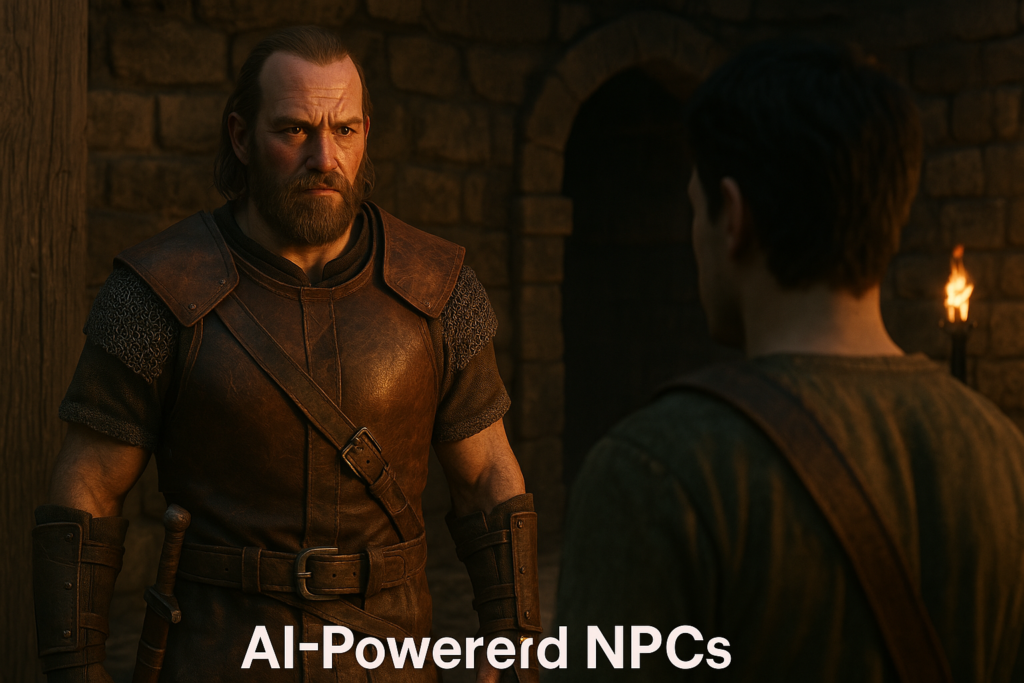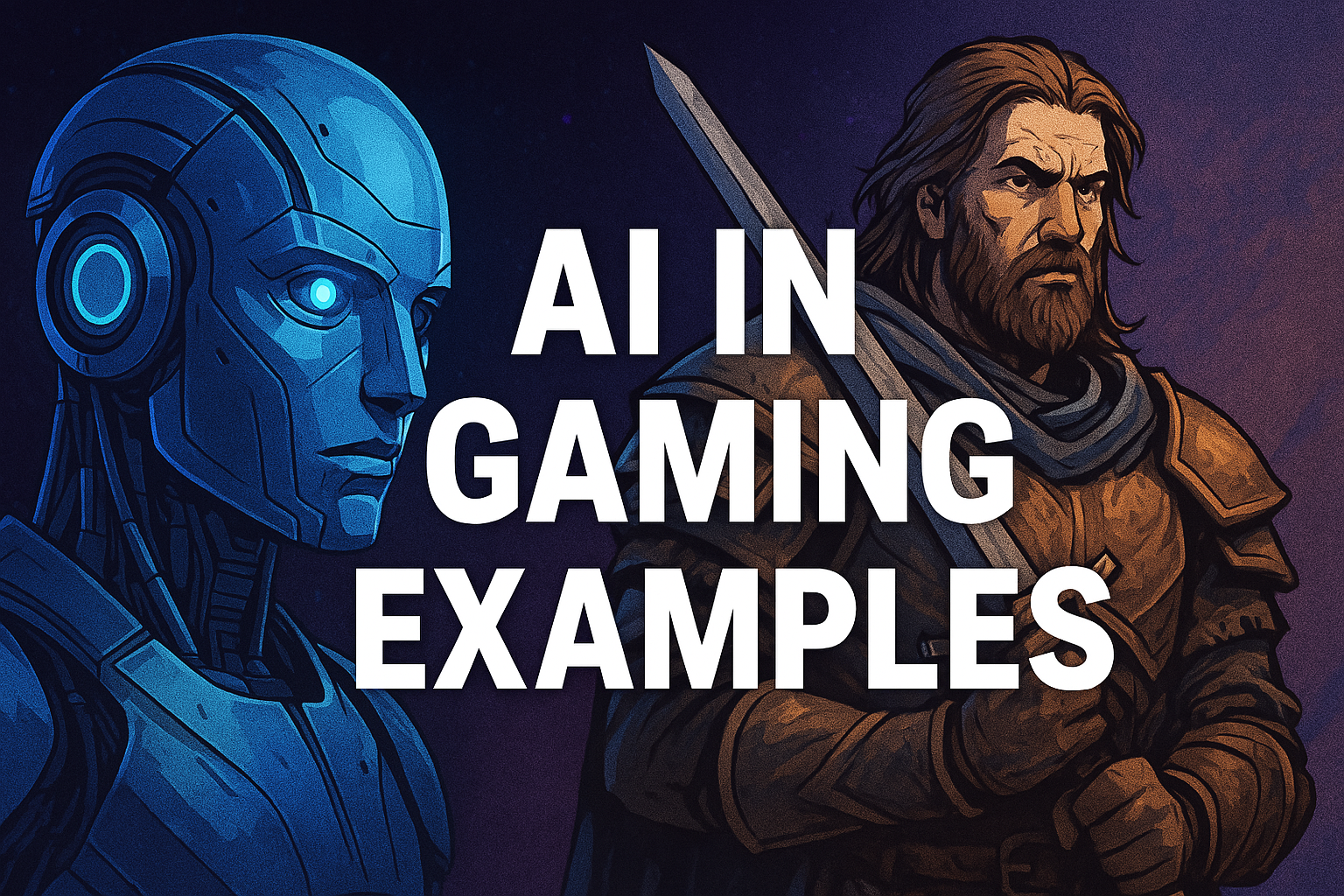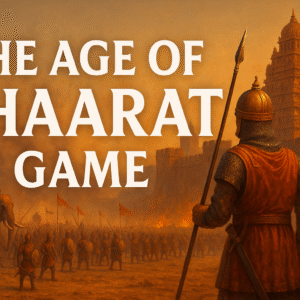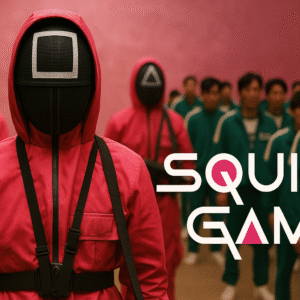Why AI in Gaming Is No Longer Science Fiction
Back in 2012, while playing FIFA 13 with a friend, I noticed that the computer-controlled players sometimes made odd choices—like passing the ball backward instead of going for a goal. Fast forward to today, and AI-controlled players in FIFA now adapt to your playstyle and respond to unexpected moves.
This change isn’t just a coincidence; it’s the result of significant advancements in artificial intelligence. Nowadays, we see AI in gaming that goes far beyond simple scripted behavior. Games now include learning agents, adaptive enemies, and even AI-generated environments.
So, what does this mean for the average gamer or developer? It means that games are becoming more intelligent, immersive, and responsive. In this article, we’ll look at some real-world examples of AI in gaming that demonstrate how this technology is being utilized today. These aren’t just features—they’re transforming the way we play.
AI-Powered NPCs That Learn and React
One of the most well-known examples of AI in gaming comes from Middle-Earth: Shadow of Mordor, which introduced the Nemesis System. In this system, enemies remember your past encounters, grow stronger if they survive, and respond uniquely in future battles.

This ensures that every playthrough is different. No two players have the same experience because the AI adapts to your actions. This level of personalization fosters a deeper emotional connection with the game.
Another impressive example is Alien: Isolation, where the alien creature is managed by a dual-AI system. One part always knows your location, while the other makes guesses based on noise and movement. This creates a sense of unpredictability and tension that scripted AI simply can’t achieve.
These are more than just gimmicks. These examples of AI in gaming illustrate how smarter NPCs can make games feel more alive, responsive, and challenging.
Procedural Generation Using AI
Let’s dive into how AI contributes to the creation of entire game worlds. A prime example of this is Minecraft. While its core generation doesn’t rely on deep learning, many recent mods and spin-offs have begun utilizing AI to create terrain that reflects user behavior and style preferences.
Another notable example is No Man’s Sky, which employs procedural algorithms and AI logic to generate an astonishing 18 quintillion planets, each featuring unique landscapes, creatures, and ecosystems.
Having spent countless hours exploring just a few planets in this game, I can attest that it felt like discovering a new world each time. These instances of AI in gaming demonstrate that developers no longer need to painstakingly craft every rock, tree, or mountain.
Instead, AI systems follow predefined rules to create environments that feel organic, varied, and limitless. This not only shortens development time but also empowers smaller teams to design vast game worlds.
AI in Player Behavior and Game Difficulty
A lesser-known yet impactful application of AI in gaming is its ability to adjust difficulty levels in real time. For instance, games like Left 4 Dead feature an AI Director that tracks player performance and modifies enemy spawns, lighting, and audio to either alleviate or heighten tension.
When I first played Left 4 Dead 2, I was unaware that the game was monitoring my team’s performance and dynamically adjusting the difficulty. This is why each session felt distinct, even when playing on the same map.
Contemporary games like Resident Evil Village and Assassin’s Creed also implement similar dynamic difficulty systems to keep players engaged without overwhelming them.
These examples of AI in gaming illustrate that artificial intelligence goes beyond just creating enemies or worlds; it also plays a crucial role in maintaining balance and flow during gameplay.
The Future: AI in Content Creation and Player Interaction
The gaming landscape is set to transform with the integration of advanced AI, particularly in content creation. Take AI Dungeon, for instance; it’s a text-based RPG that employs GPT-like models to craft endless storytelling possibilities.
I gave it a shot myself, and while it’s not flawless, it was a breath of fresh air to engage with a game that generates unique narratives tailored to my choices.
Similarly, games like The Sims are exploring AI-driven decision-making, allowing characters to respond based on their past actions and simulated personalities. These developments are just the beginning of what’s on the horizon.
We’re stepping into an era where AI could potentially create entire side quests, NPC dialogues, or even in-game economies on the fly. These innovative uses of AI in gaming suggest a future where games adapt and evolve independently, ensuring that each player’s experience is entirely distinct.
Thoughts from a Gamer’s Perspective
Having been a gamer for over ten years, I see the rise of AI in gaming as more than just a passing trend—it’s a significant shift.
The AI innovations we’ve discussed—from adaptive enemies to AI-generated worlds—are expanding the limits of interactive entertainment.
Developers now have access to tools that enhance engagement without needing to significantly increase their team sizes or budgets. As a player, I feel a deeper connection to these dynamic and ever-evolving experiences.
Whether you’re a casual gamer or an aspiring developer, these examples of AI in gaming provide a sneak peek into the future of gaming—and it’s only going to become more intelligent from here.




Leave a Reply